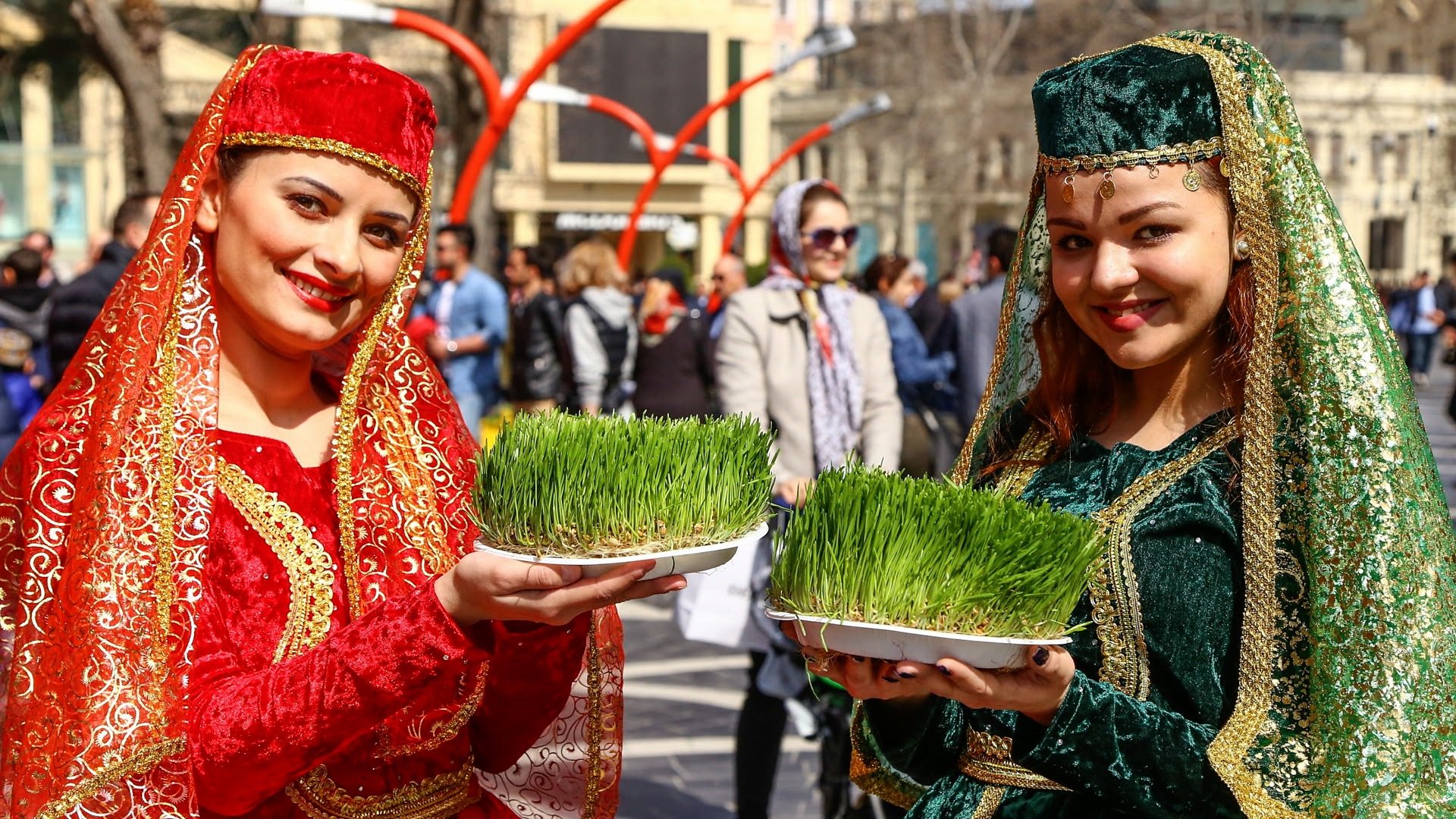Nowruz Day In India
Discover the Rich Traditions and Meaning Behind Nowruz:
Many communities throughout the world gather together to celebrate the advent of spring and the start of a new year as the winter recedes and the days lengthen. The spring festival of Nowruz, which has been celebrated for more than 3,000 years in regions of Asia and the Middle East, is one of the most colourful and culturally significant. We'll look into the significance of Nowruz and why it is such a unique time of year in this blog.
History Of Nowruz:
Zoroastrianism, an old religion of Persia with origins at least in the sixth century BCE, is where Nowruz got its start. The occasion commemorates the spring equinox, when day and night are of equal duration and the sun is directly overhead the equator. For thousands of years, different cultures have commemorated this astronomical event, which is regarded as a sign of renewal, rebirth, and the victory of light over darkness.
Nowruz has become a secular holiday that is celebrated by people of various races and beliefs over time. Currently, nations including Iran, Afghanistan, Tajikistan, and Azerbaijan observe the holiday as a national one.Communities worldwide of Central Asian and Middle Eastern ancestry also observe it.
Tradition Of Nowruz:
The Nowruz festival lasts for several days and typically lasts for two weeks. The celebrations start on Chaharshanbe Suri, also known as the Red Wednesday, which is the final Tuesday of the previous year. People jump over bonfires throughout this night to represent purification and the burning away of bad luck.
The first day of spring, also known as Nowruz or New Day, marks the beginning of the Nowruz celebration. Families get together on this day to clean, decorate, and set up a Haft-sin table, a special table with seven objects that start with the Persian letter "sin," in order to get ready for the new year. These things consist of:
- Sabzeh (wheat or lentil sprouts) is used to symbolise renewal and expansion.
- Seeb (apple) represents health and beauty
- Vinegar is used as a symbol of patience and age.
- Senjed (dried lotus fruit) is used to represent love.
- Garlic (sib) to fend off evil
- Samanu, a dessert prepared from wheat germ, is used to symbolise fertility.
- Sumac berries, or somagh, are used to represent the sunrise and the triumph of light over darkness.
Mirrors, lamps, a copy of the Quran, or other holy writings may also be present on the Haft-sin table.
Families visit one another, give gifts, and have special meals like Ash-e Reshteh and Sabzi Polo Mahi during the Nowruz holiday (a soup made with noodles and beans). In addition to receiving cash and treats from their elders, children are often given new clothes to symbolise the beginning of a new year.
Meaning of Nowruz:
Nowruz is a season of rebirth, introspection, and thanksgiving. It's time to move on from the past and make a fresh start with good intentions and objectives for the future. The occasion inspires people to put their attention on their bonds with family and friends and to their communities.
Nowruz is also a chance to honour variety and the depth of various cultural traditions. For thousands of years, people of various faiths and backgrounds have celebrated the festival, and it still unites people in an atmosphere of harmony, support, and respect.
Conclusion:
In conclusion, Nowruz has been observed for more than 3,000 years in regions of Asia and the Middle East. It is a colourful and culturally rich spring celebration. It is a season of rebirth, introspection, and thankfulness as it ushers in the new year and the arrival of spring.
The customs of Nowruz, such as building bonfires on Chaharshanbe Suri and setting up Haft-sin tables, show the event's Zoroastrian origins as well as how it developed into a secular holiday that is celebrated by people of various races and religions.
Nowruz is also a chance to honour variety and the depth of various cultural traditions. For thousands of years, individuals of various faiths and backgrounds have observed it, and it still unites people in an atmosphere of harmony, support, and respect.
We are reminded of the value of community and the necessity of joining together to celebrate our shared humanity as we observe Nowruz. Nowruz brings a glimmer of optimism and serves as a reminder of the magnificence and resiliency of the human spirit in a society that can frequently feel fractured and divided.
We are urged to consider our own aspirations and ambitions for the next year as we consider the meaning of Nowruz. What can we do to revitalise both our internal and interpersonal relationships? How can we honour cultural diversity and accept its rich diversity? And how can we cooperate to build a world that is more fair, tranquil, and harmonious?
May the spirit of Nowruz and the hope it symbolises inspire us all as we begin this new year. May we unite in harmony and unity as we seek to create a better and more compassionate future for all.





No comments